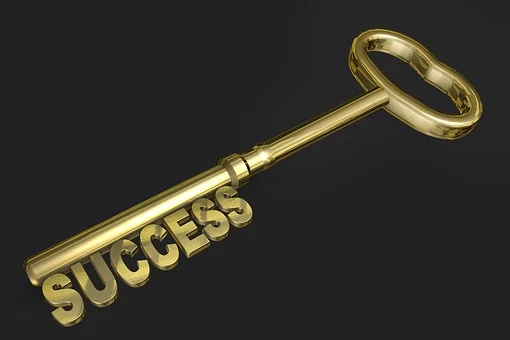Happy New Year! If you’re like me, you used the last couple of weeks to reflect on the year that was and to look forward to the opportunities ahead. In the GovCon world, there is a lot to look forward to in 2023. There are several critical multiple award contracts (MACs) in the pipeline. Alliant 3 (for large businesses), OASIS+, and VA T4NG2 top the must win lists for many firms. A number of other agency-specific vehicles will also be released this year, and as always, there are alterations and adjustments to GAO schedules to wrestle with. With the battle scars of recent troubled procurements (CIO-SP4, anyone?) still fresh for many in industry, what can you do to prepare for these critical solicitations? Here are my four key tips to prepare for the coming year’s MAC onslaught.
 Do your homework. The first step is to determine what to bid on. Many firms need to decide where and how to best allocate their resources. Even the largest GovCon players have budgets and need to focus on the opportunities that best suit their business needs and capabilities. Therefore, make sure you look in depth at every potential MAC in your pipeline and determine if you really can win a spot on the contract. More importantly, your team needs to honestly assess how much business you can realistically expect to win on that vehicle. A vehicle is great but the investment of time and money is meaningless if you cannot win task orders and revenue from that vehicle (unless you are looking at being acquired, which is an entirely different topic of conversation).
Do your homework. The first step is to determine what to bid on. Many firms need to decide where and how to best allocate their resources. Even the largest GovCon players have budgets and need to focus on the opportunities that best suit their business needs and capabilities. Therefore, make sure you look in depth at every potential MAC in your pipeline and determine if you really can win a spot on the contract. More importantly, your team needs to honestly assess how much business you can realistically expect to win on that vehicle. A vehicle is great but the investment of time and money is meaningless if you cannot win task orders and revenue from that vehicle (unless you are looking at being acquired, which is an entirely different topic of conversation).
Engage. Now that you’ve decided where to focus your resources, it is important to make use of all the information out there about those opportunities that best fit your portfolio. There are two main sources of information you can rely on.
The first comes directly from the Government. All three of the opportunities I mentioned above either had draft solicitations or requests for information released in the last several months. Interested bidders must do deep dives on those materials to begin planning their response. In addition, whenever the Government asks for feedback or inputs, provide them! It gives industry a chance to help shape the contract to deliver the best value and competition. Be sure to attend any industry days or other opportunities to meet with and talk to procurement officials. The pre-RFP stage is the ideal time to make your voices heard to avoid lengthy extensions and thousands of questions post release.
Our industry also does a great job of helping break down the requirements and guide firms on what to look for and expect. Look for webinars, blog posts, and other opportunities to learn about any contracts you are interested in. Oftentimes events include time to network, which can help you build relationships and identify potential teammates for that opportunity and others.
 Get the basics in place. The Government provides draft solicitations not just to receive feedback. They also allow interested bidders to begin preparing their responses. While you may not have all the instructions, scoresheets, and attachments, the information provided can steer you in the right direction. Teams need to begin gathering required documentation (certifications, corporate documents, etc.) that will be required as part of your submission. Getting these routine documents in a central, opportunity-specific location allows your team to focus on the places where you can differentiate yourself during the post-RFP period. Identifying your potential corporate experience examples, collecting all relevant contract and award documentation, and making sure your client has submitted a CPAR for that effort is a great use of your pre-release time.
Get the basics in place. The Government provides draft solicitations not just to receive feedback. They also allow interested bidders to begin preparing their responses. While you may not have all the instructions, scoresheets, and attachments, the information provided can steer you in the right direction. Teams need to begin gathering required documentation (certifications, corporate documents, etc.) that will be required as part of your submission. Getting these routine documents in a central, opportunity-specific location allows your team to focus on the places where you can differentiate yourself during the post-RFP period. Identifying your potential corporate experience examples, collecting all relevant contract and award documentation, and making sure your client has submitted a CPAR for that effort is a great use of your pre-release time.
Lock up resources now. Finally, do not be afraid to ask for help. There are many consulting resources out there with expertise and experience in handling all aspects of these types of procurements. If you need help with the business development and capture side (to assist with Government interactions, teaming, etc.), find a firm that fits that need. If you need help developing your response, reach out to a proposal firm you know and trust. (Shameless plug – BZ has worked many of the large MAC opportunities over our 5 years and have experts on call to help you craft your response). My biggest piece of advice is to engage with consultants as early as possible. Many firms already have commitments on these opportunities and you do not want to lose the chance to work with the right partner.
2023 is shaping up to be a banner year for Government contractors, with many critical MACs being released for bid. Positioning your firm to take advantage of these opportunities can maximize your growth potential through the rest of the decade.
BZ provides high-quality, comprehensive proposal development support for MAC and IDIQ contracts. To learn more, click here.


 Point 1: They Have the Capabilities
Point 1: They Have the Capabilities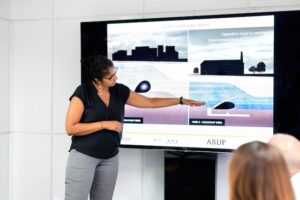 Point 2: They are the Boss
Point 2: They are the Boss
 Reason 1: Are You Technically Capable?
Reason 1: Are You Technically Capable? Reason Three: Can They Work With You?
Reason Three: Can They Work With You?
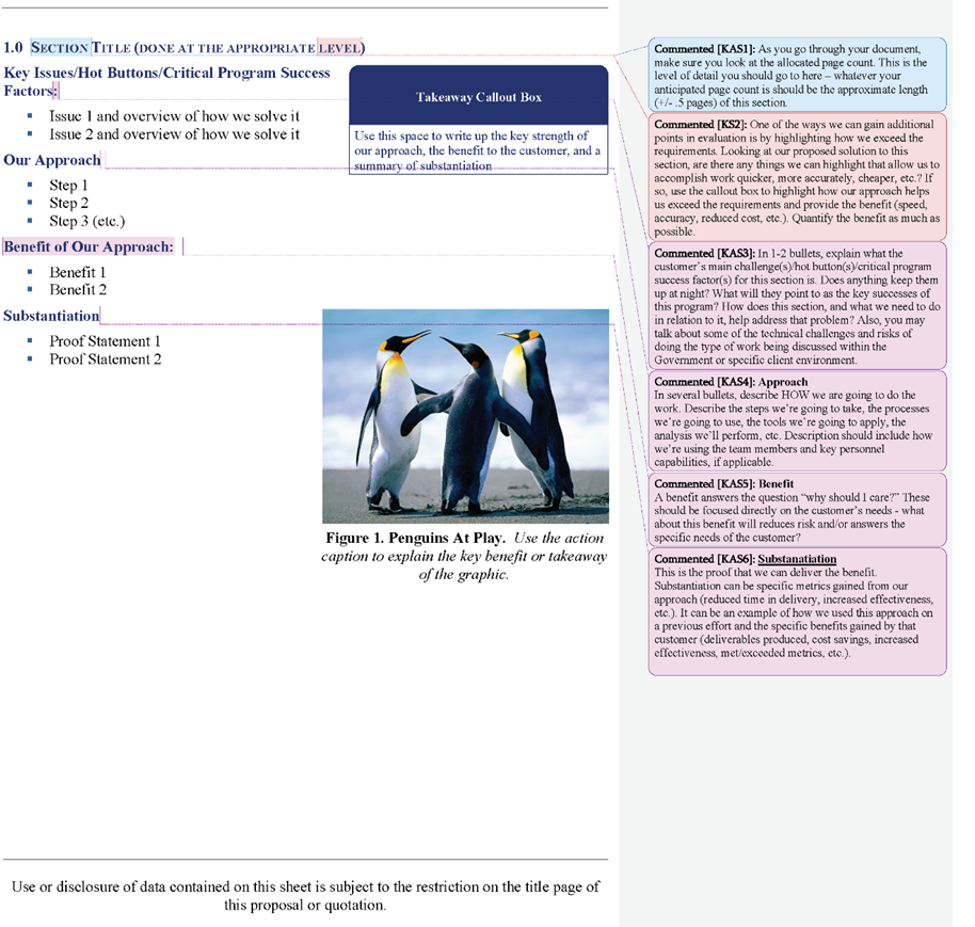
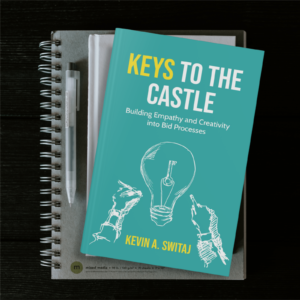

 The first clue to making our proposal focused on our clients is to use their language. This applies throughout your proposal. There are standard definitions in the industry for corporate experience (what you have done) and past performance (how well you have done it). However, that distinction is not always clear to everyone. Sometimes, clients ask for “past performance” when they actually mean corporate experience. In these cases, do not fix their terminology – use their terminology.
The first clue to making our proposal focused on our clients is to use their language. This applies throughout your proposal. There are standard definitions in the industry for corporate experience (what you have done) and past performance (how well you have done it). However, that distinction is not always clear to everyone. Sometimes, clients ask for “past performance” when they actually mean corporate experience. In these cases, do not fix their terminology – use their terminology. Too often, people rely heavily on prior write-ups when putting together your corporate experience examples. When developing your submission, however, taking boilerplate and putting it in the proper format is not an option. Just copying and pasting in a generic list of work performed and achievements does not speak to the individual needs of the client. Therefore, besides just using the client’s terminology, you need to select the portion(s) of the work you are currently doing that are clearly relevant to the solicitation. I have my teams talk in broad strokes in the opening paragraph with a two to three line summary of the overarching contract. Then, I have them specifically state how it is relevant in terms of the evaluation criteria and work expected. For the former, often in Federal Government bids we are asked to write to size, scope, and complexity. For the latter, we want to show alignment to the work required (the performance work statement/statement of work). In either case, a nice summary table can work wonders. Include all the PWS/SOW requirements and allow for a checkbox or a meatball chart to show that alignment.
Too often, people rely heavily on prior write-ups when putting together your corporate experience examples. When developing your submission, however, taking boilerplate and putting it in the proper format is not an option. Just copying and pasting in a generic list of work performed and achievements does not speak to the individual needs of the client. Therefore, besides just using the client’s terminology, you need to select the portion(s) of the work you are currently doing that are clearly relevant to the solicitation. I have my teams talk in broad strokes in the opening paragraph with a two to three line summary of the overarching contract. Then, I have them specifically state how it is relevant in terms of the evaluation criteria and work expected. For the former, often in Federal Government bids we are asked to write to size, scope, and complexity. For the latter, we want to show alignment to the work required (the performance work statement/statement of work). In either case, a nice summary table can work wonders. Include all the PWS/SOW requirements and allow for a checkbox or a meatball chart to show that alignment. As hard as our teams work to execute on all of our contracts, nothing is perfect. Things go wrong. Sometimes it’s something minor. Other times, it is a serious issue that results in escalation, cure notices, and egg on our face.
As hard as our teams work to execute on all of our contracts, nothing is perfect. Things go wrong. Sometimes it’s something minor. Other times, it is a serious issue that results in escalation, cure notices, and egg on our face.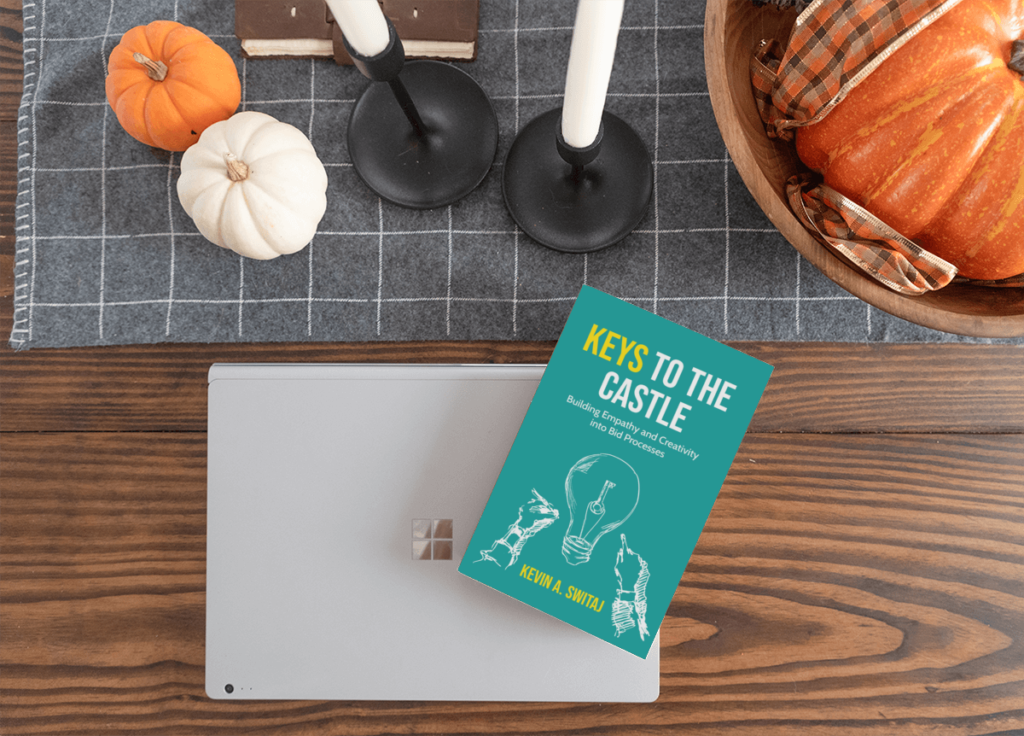


 Tip 3 – Be Open to Mentoring in Your Career From All Types
Tip 3 – Be Open to Mentoring in Your Career From All Types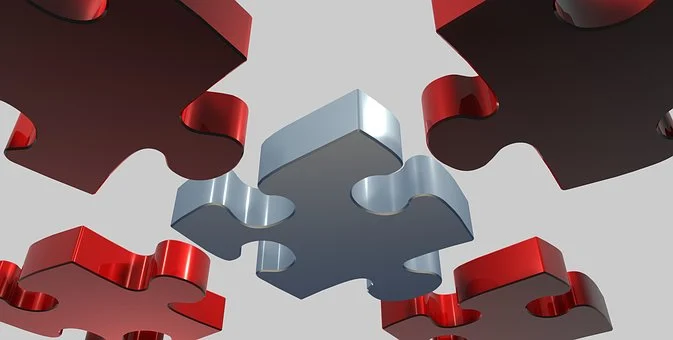
 Without a strong solution, our proposals are doomed to fail. A good solution explains our solution, focuses our writers, and makes sure we provide value to the client. If we do not have a strong solution, we are basically a rudderless ship. However, we cannot just will a great solution into being. It takes hard work, patience, and a focused team to articulate what we will do and why we are the best fit for the client. So how do we develop winning solutions that gives our team the tools to succeed? Here are four tips for proposal professionals on how to ensure we are on the right page.
Without a strong solution, our proposals are doomed to fail. A good solution explains our solution, focuses our writers, and makes sure we provide value to the client. If we do not have a strong solution, we are basically a rudderless ship. However, we cannot just will a great solution into being. It takes hard work, patience, and a focused team to articulate what we will do and why we are the best fit for the client. So how do we develop winning solutions that gives our team the tools to succeed? Here are four tips for proposal professionals on how to ensure we are on the right page. 